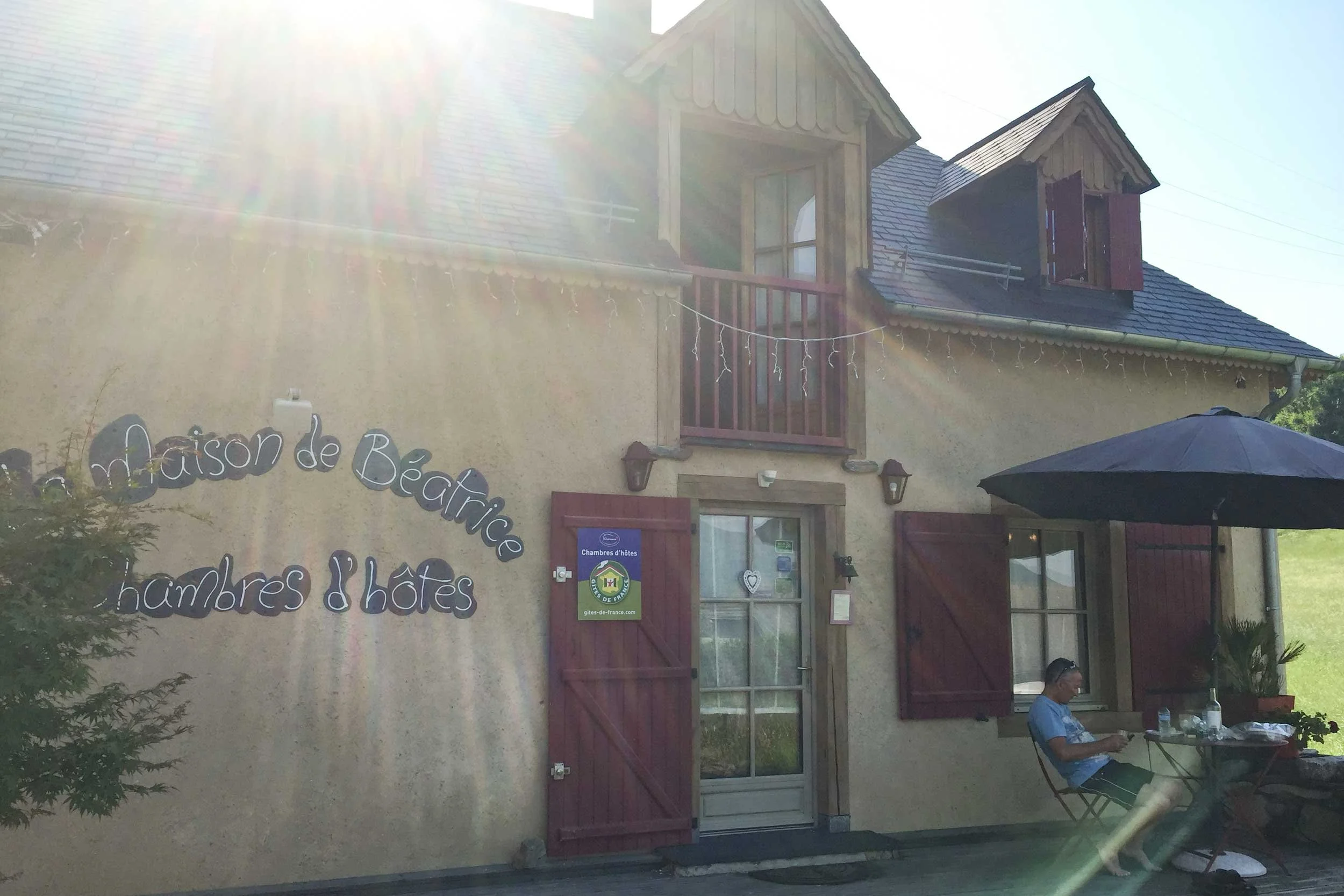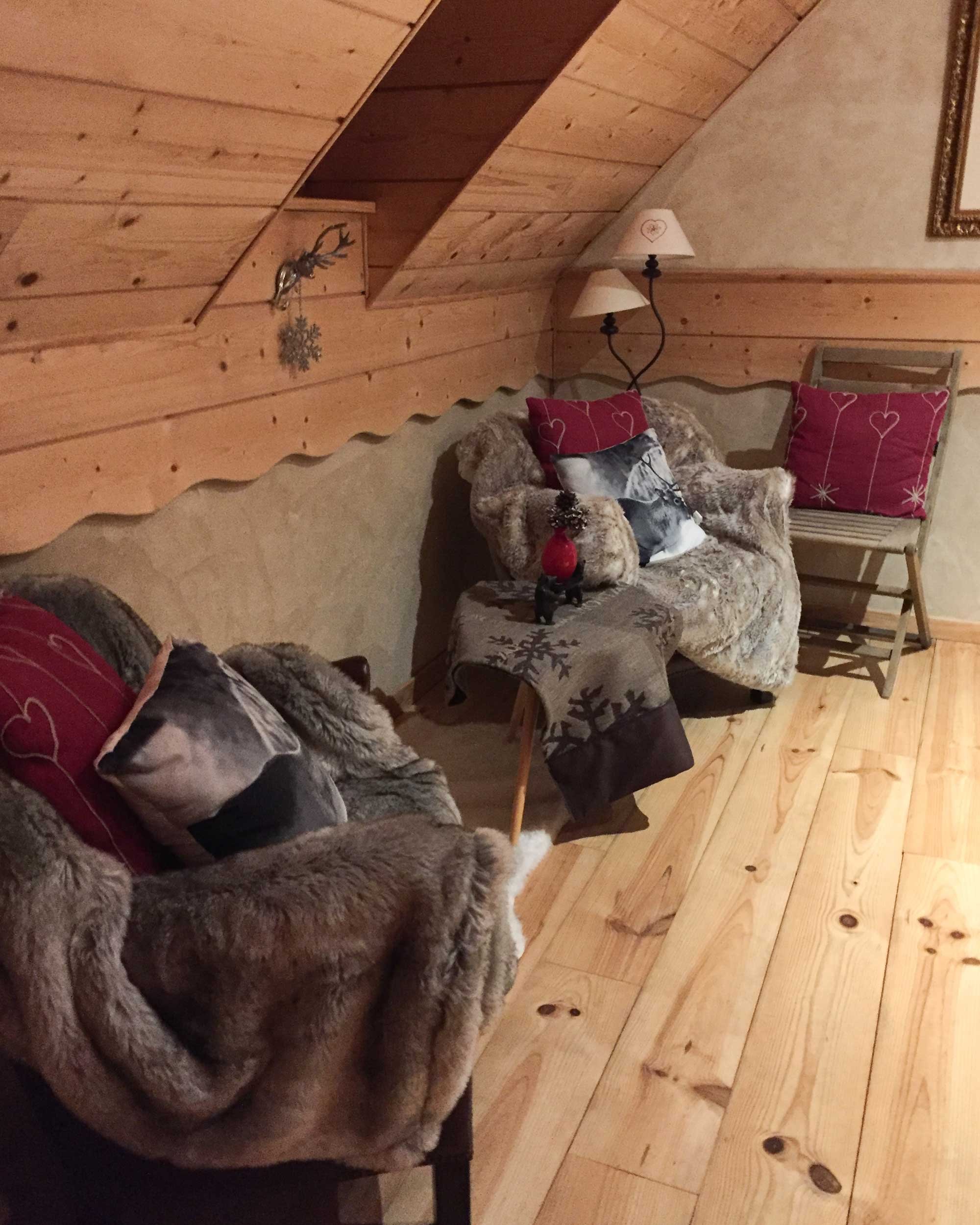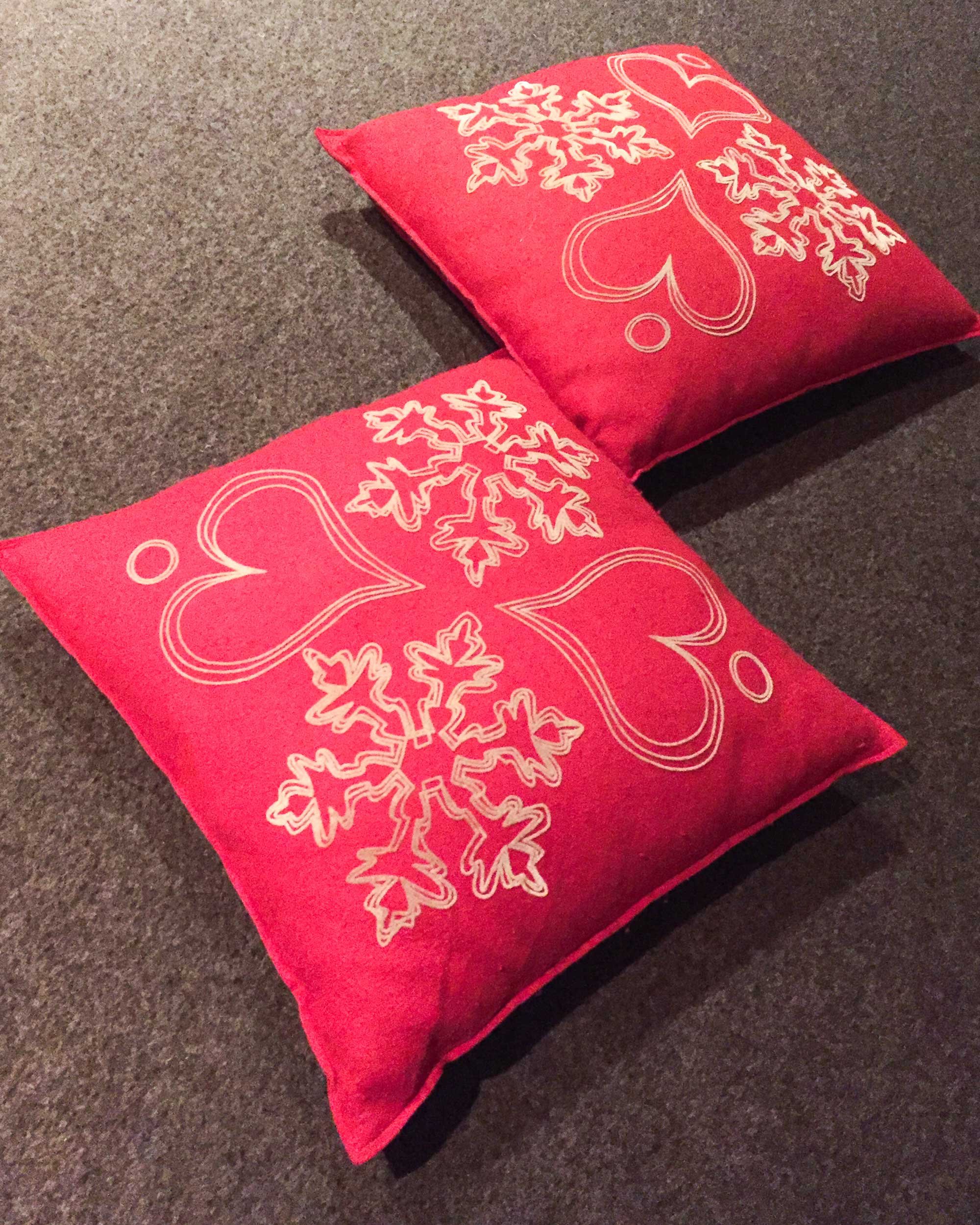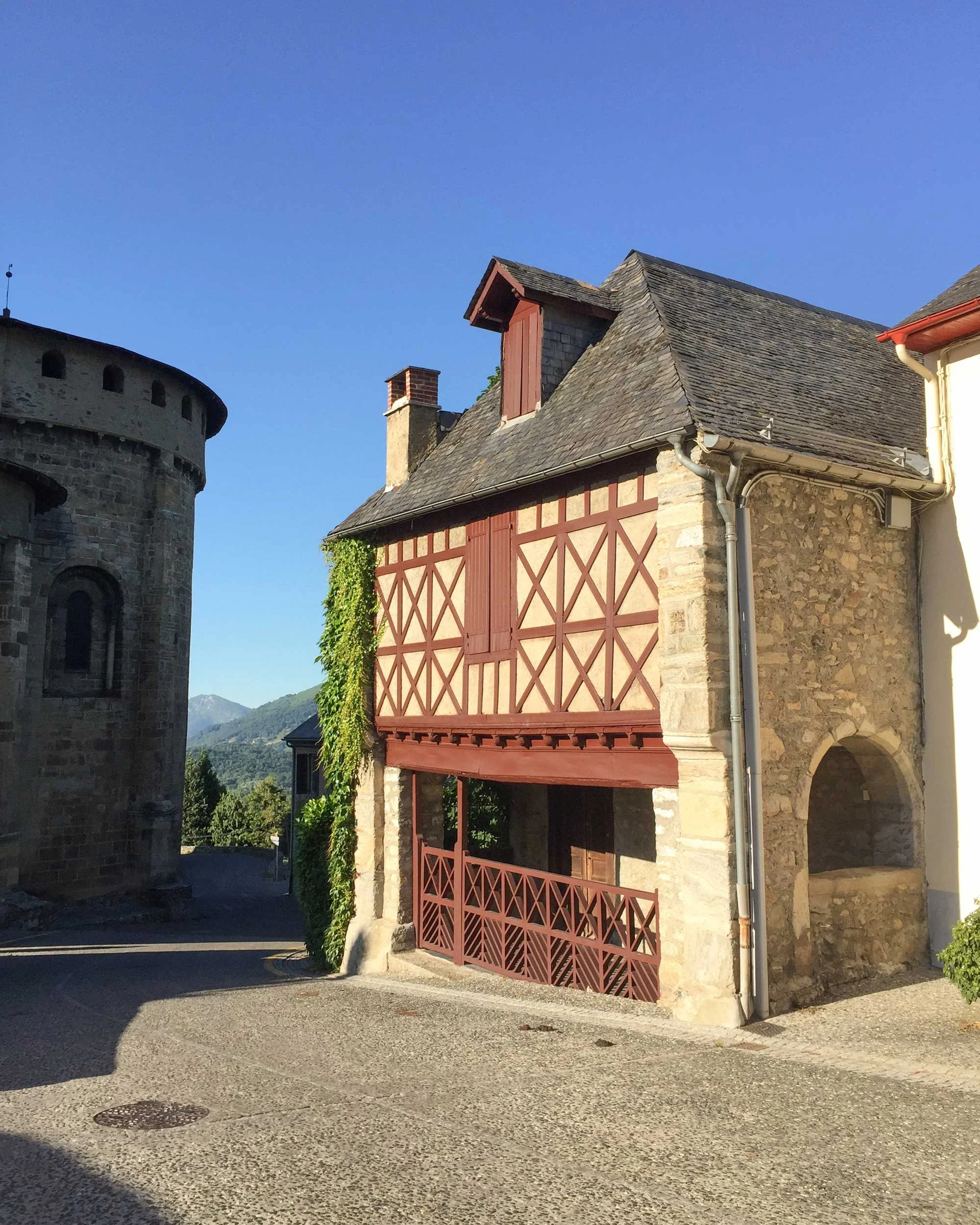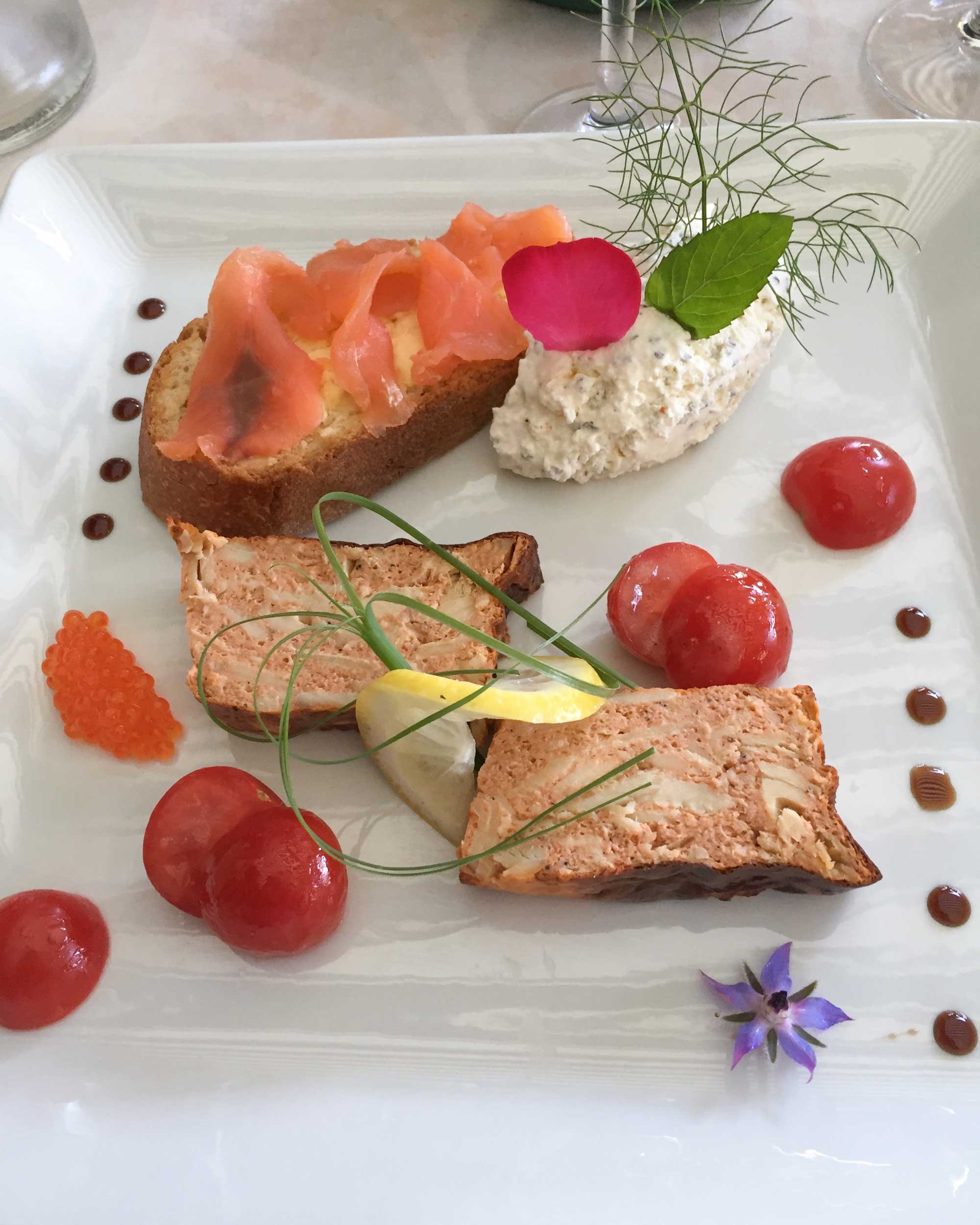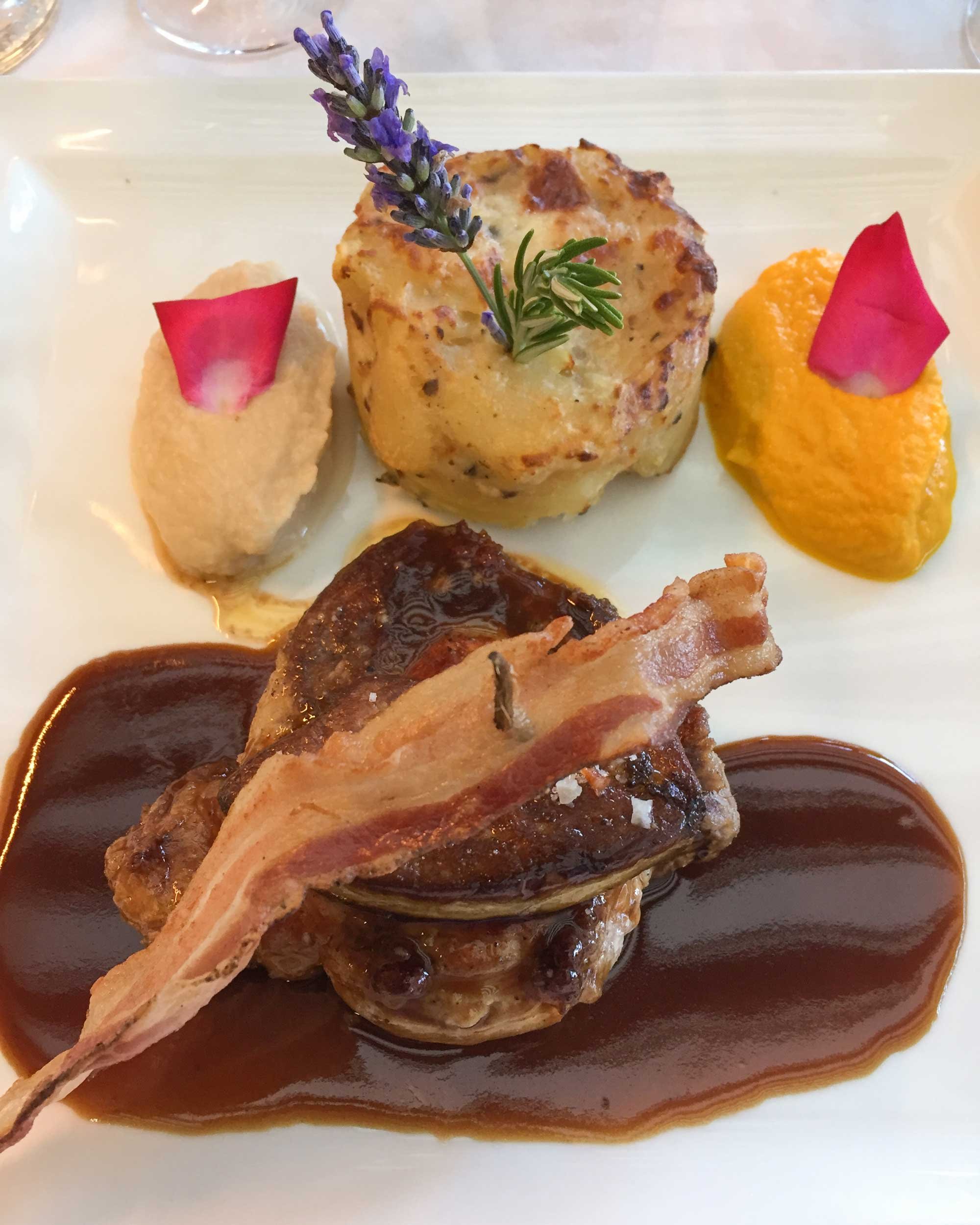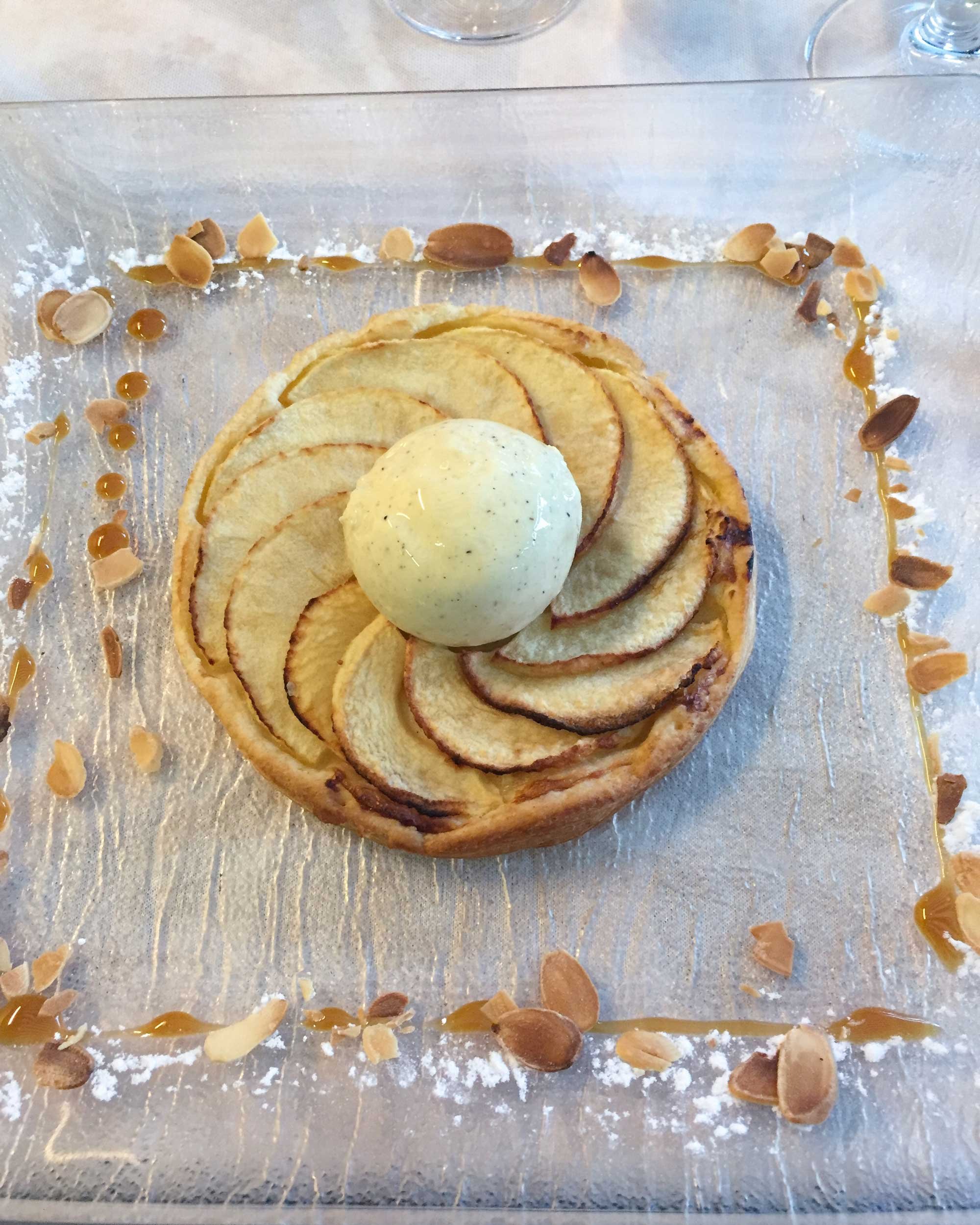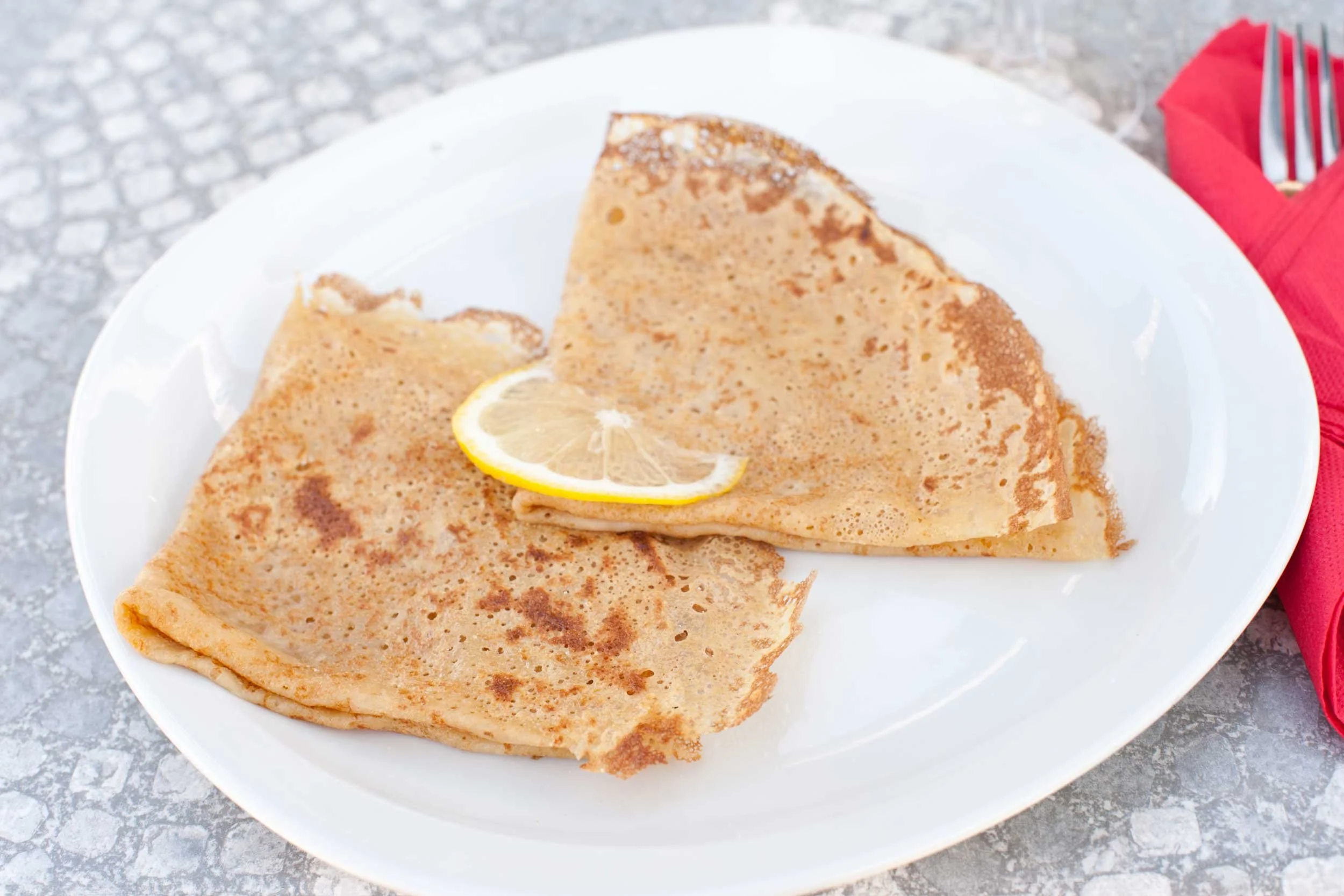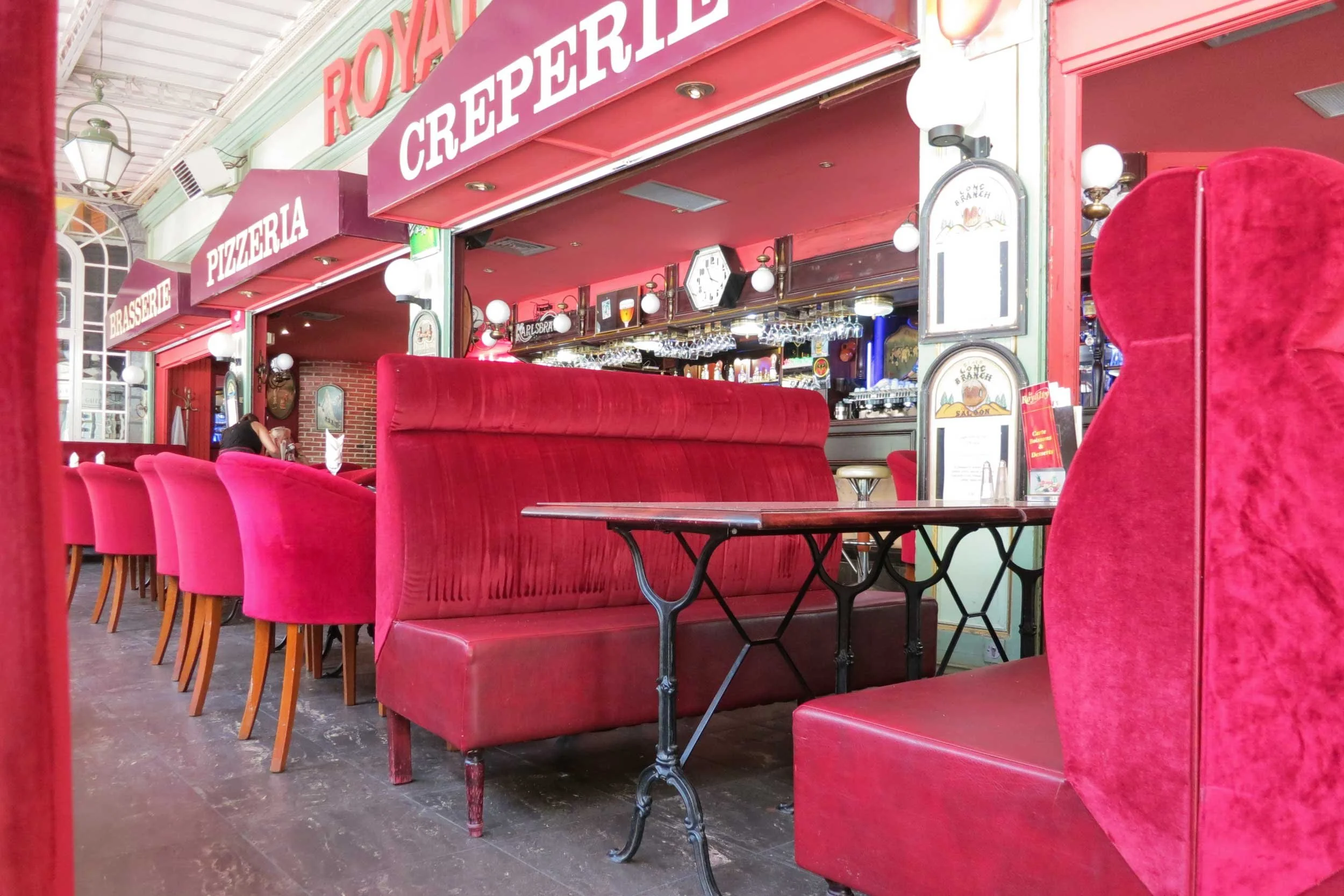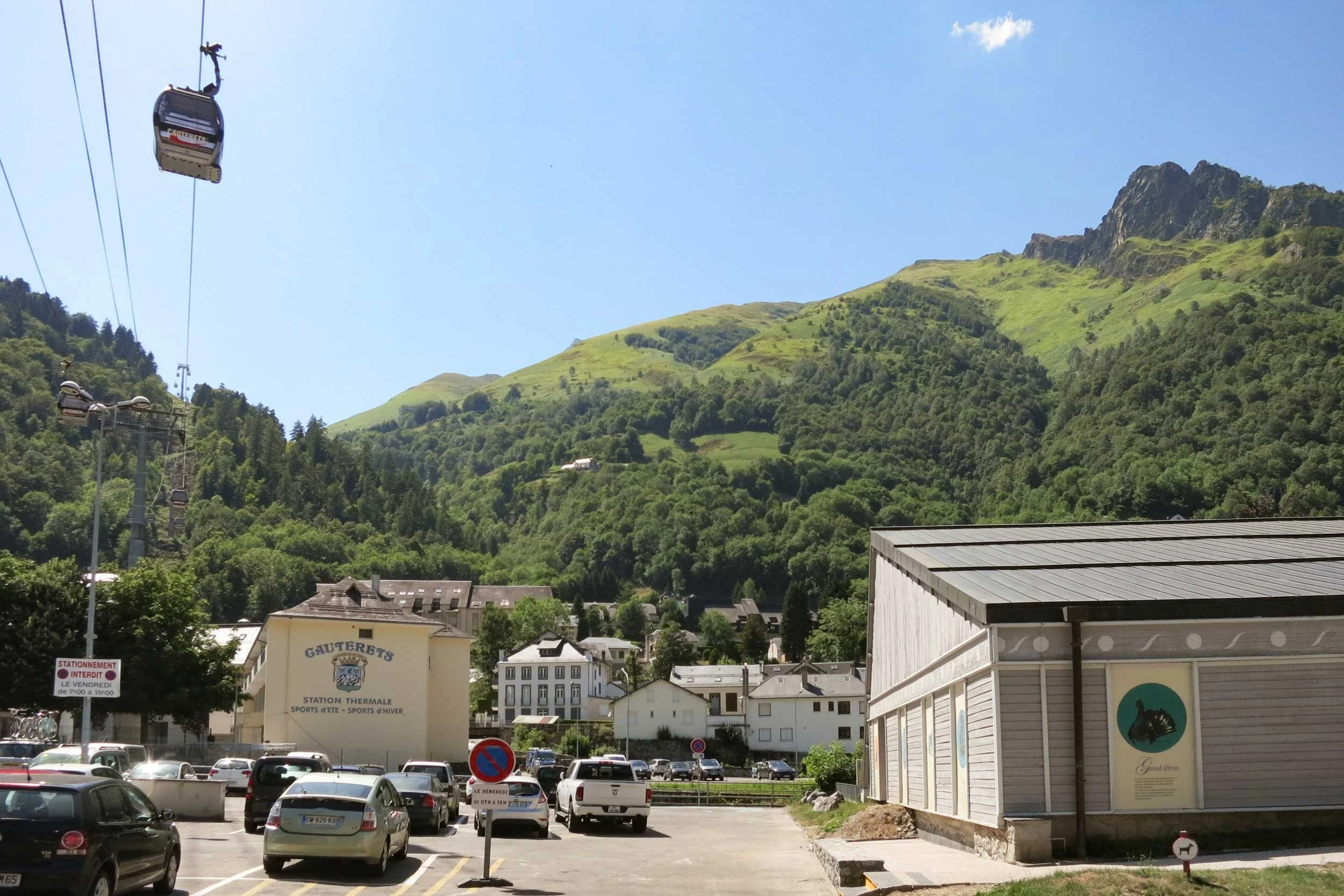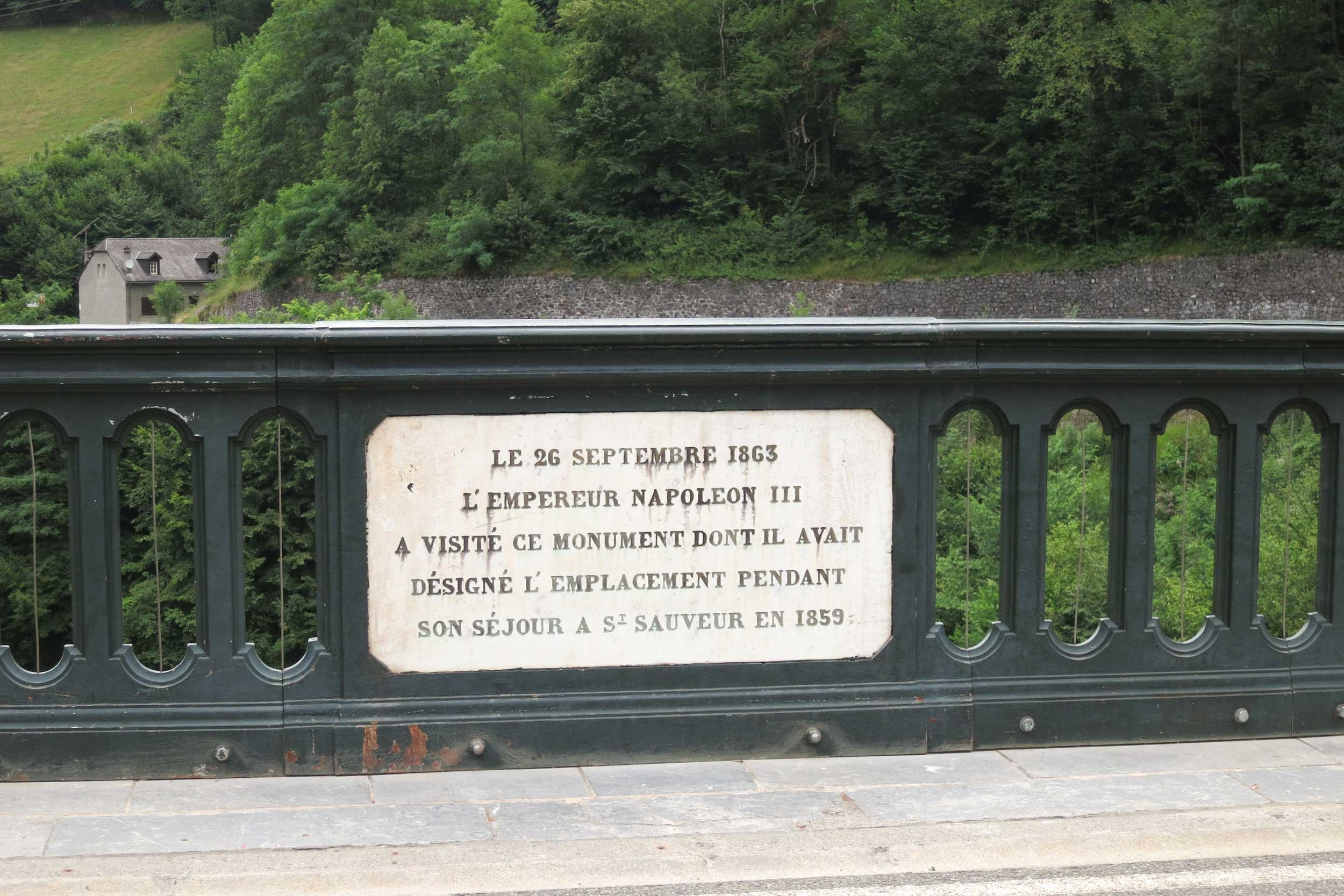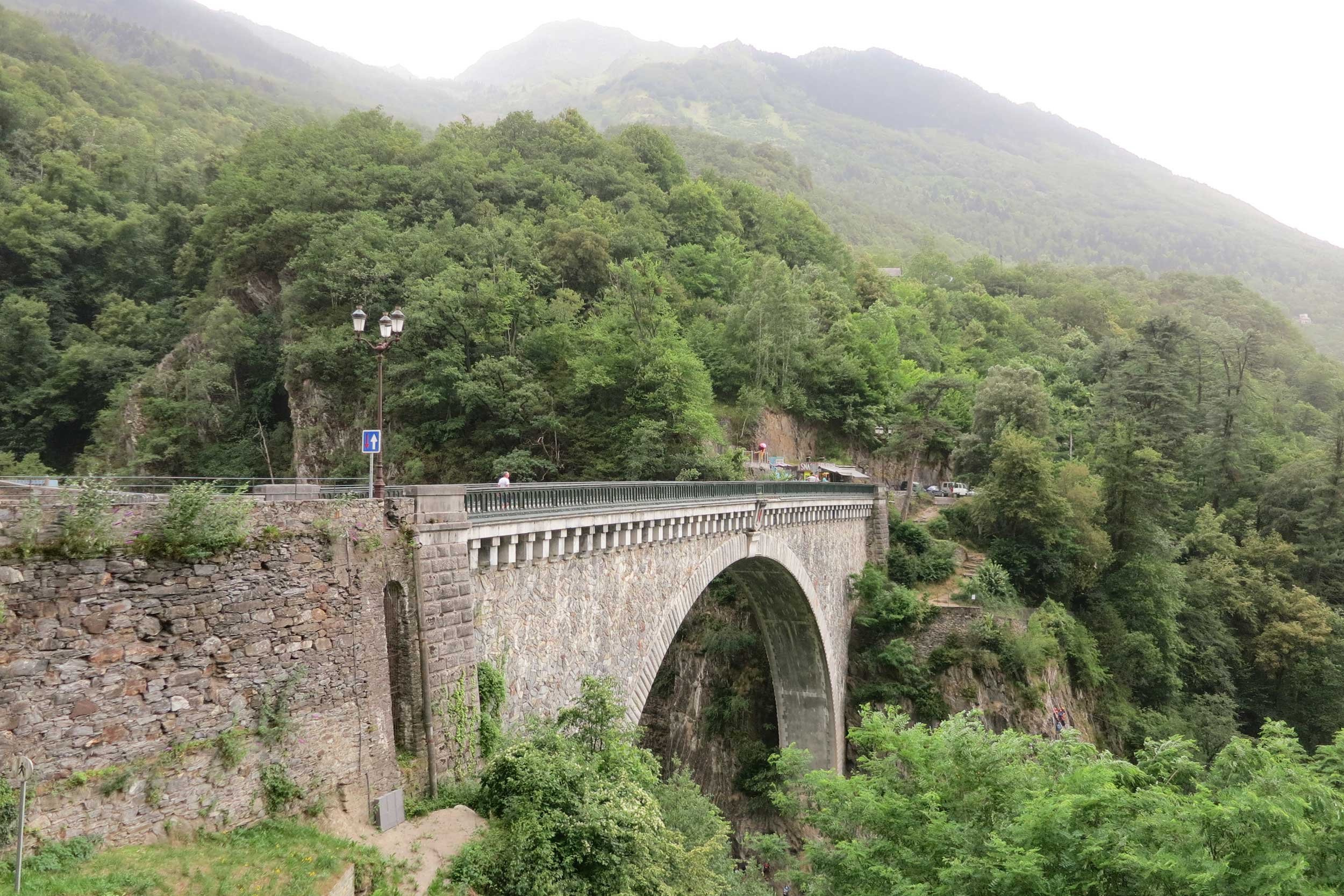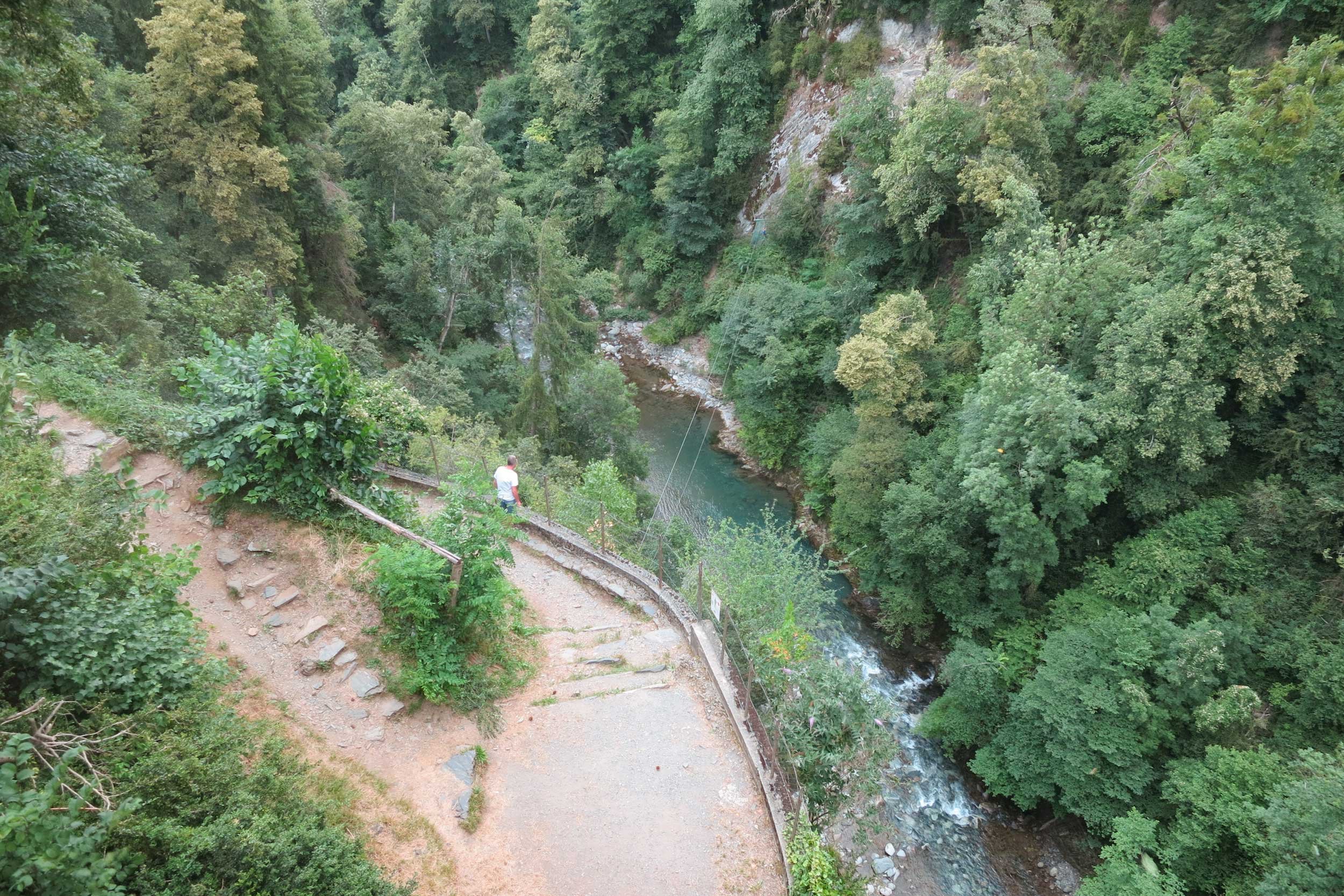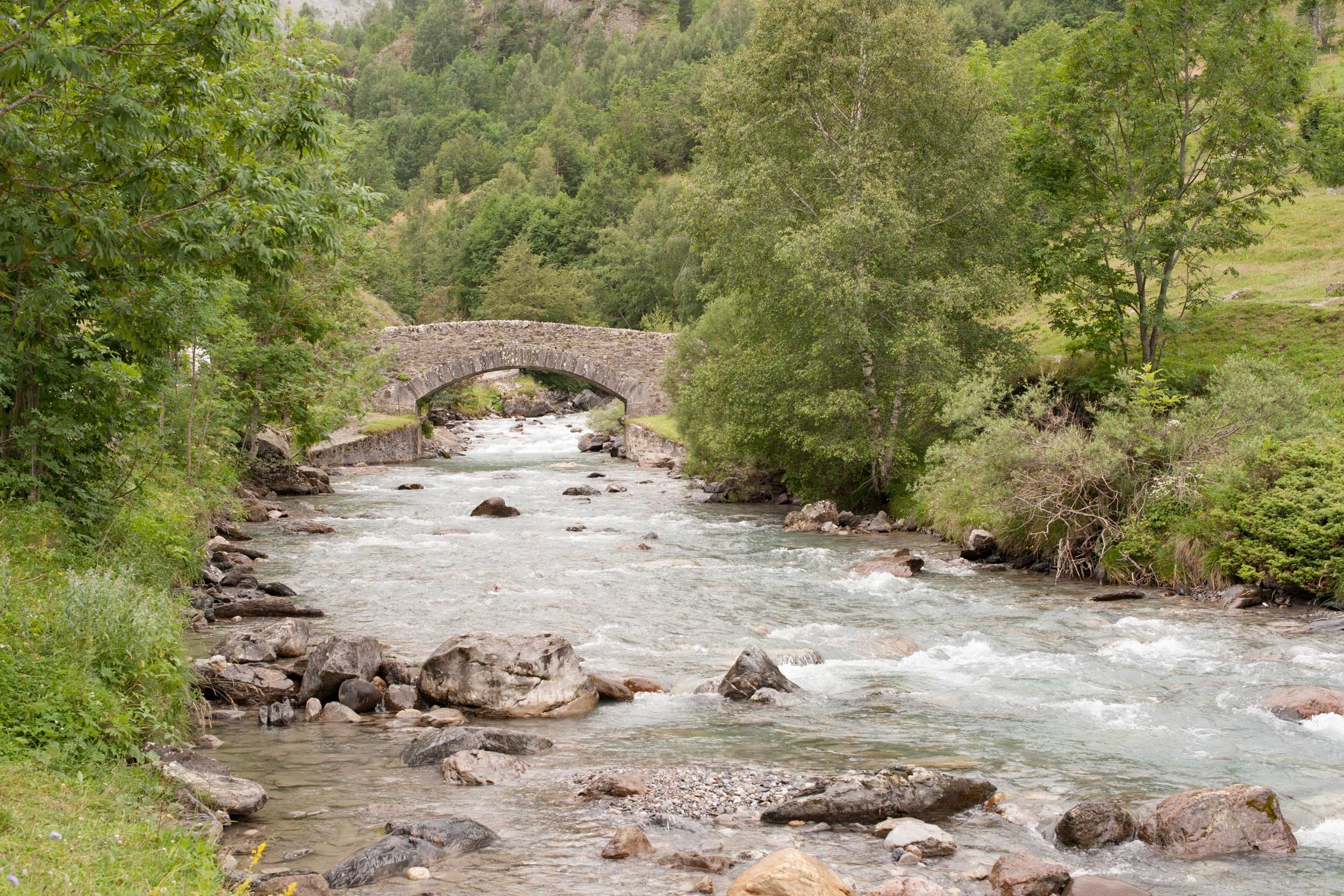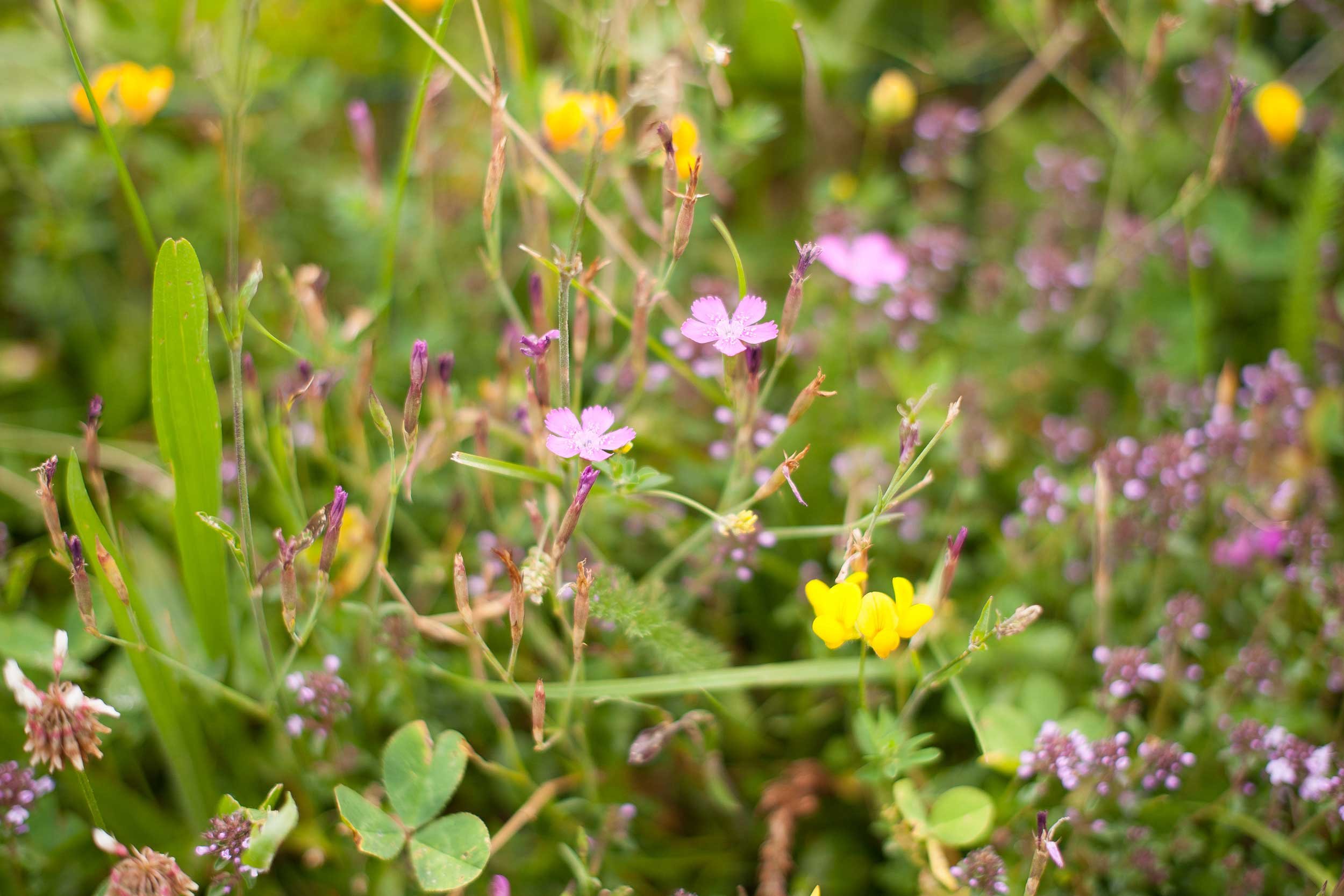Pyrenees Part 4
Our journey across the Pyrenees brought us to the Vallées des Gaves where you can enjoy plenty of activities year-round. You can reach the valley by driving over Col du Tourmalet and via the villages of Barèges, Luz-Saint-Sauveur and Pierrefitte-Nestalas. Alternatively, you can turn off the main road at Lourdes and make your way to Argelès-Gazost along the valley floor.
Our 5-night stay in the valley did not involve any cycling, as we had originally planned, due to an injury that Chris sustained just prior to our departure for France. However, on this holiday we enjoyed some of the best dining experiences that we’ve had in France. Dining in the many tiny villages ranged from a simple menu de jour to à la carte.
Our B&B, ‘La Maison de Béatrice’ (now called Cachame Guest House). Chris enjoying an aperiif on the small terrace and, below, photos from our room, ‘Petite Ourse’.
Our accommodation was in the village of Arcizans-Avant at the B&B, ‘La Maison de Béatrice’ (now called Cachame Guest House https://www.cachame.fr/ ). Chrystelle’s guest house was a chalet with typical ‘Alpine’ furnishings of red, white and brown linen and furs. She had decorated throughout with ornaments of bears, pinecones and wooden hearts.
Our room called ‘Petite Ourse’ (small bear) was upstairs and quite spacious. It had a king-sized bed, sitting area, luggage area, separate toilet and bathroom, a television and tea/coffee facilities. It opened into the upstairs sitting room and breakfast area. Downstairs was a reception desk and another small sitting area plus the other guest room. Everything was delightful and the delicious aromas of French pear infusers made it a perfect little place to stay.
One of the terraces of our B&B, ‘La Maison de Béatrice’ (now called Cachame Guest House).
Outside, there were several terraces on which to sit and enjoy the mountain scenery. Chrystelle’s daily breakfast was substantial; consisting of yogurt, chocolate croissants, baguette with confiture, blackcurrant tart with custard, cold meats and cheeses. We washed this all down with cups of tea. We shared the breakfast table with a Spanish couple from Gallicia and, later during our stay, a French couple. No other food was allowed inside but, one evening, we enjoyed a simple meal on the terrace of olives, cold meat, tabouleh, tiny tomatoes, prawns and sushi. This banquet was accompanied by some delicious local Juraçon wine and a crème caramel – not home-made but the supermarkets have a great variety.
Strolling through the village of Saint-Savin
Saint-Savin is a typical, quiet Pyrenean village with the mountains as a backdrop and the valley below. The village is beautiful with cobbled lanes, timbered houses and a fountain in the main square. The 12th-century Eglise de Saint-Savin and chapter house are all that remains of a Benedictine monastery.
The 12th-century Eglise de Saint-Savin
I had read about the restaurant, ‘Le Viscos’ , in my Lonely Planet ‘France’s Best Trips’ guidebook and we made a reservation for dinner ahead of our visit.
Chris on his way to resturant ‘Le Viscos’
We arrived at ‘Le Viscos’ on a warm summer evening. Unfortunately, there were no tables available on the terrace. We understood that the hotel guests were given priority for these tables. We were introduced to Jean-Pierre Saint-Martin, the MasterChef and owner. He spent time with us describing his dishes and we commenced our meal with a gift from the chef of quail egg in tomato gazpacho – unbelievably delicious! Following this tasty treat, we enjoyed salmon and chicken, both served with vegetables. Before our dessert arrived, we were given an amuse-bouche to refresh our palette. It tasted of blackberry/blackcurrant with a small lychee garnish. Dessert was a lemon meringue creation for me and Chris had a peach soup with ice cream. We chose a local Juraçon wine to accompany our meal and finished off with coffee and another gift of a tiny cake and a truffle for each of us with a glass of Grand Marnier.
A lemon meringue dessert for me
We rolled out of the restaurant and enjoyed a walk around the village before driving sedately back to our B&B.
Strolling through the village of Saint-Savin
Perhaps, even better, were the two dining experiences at Auberge le Cabaliros, just a short walk up the hill from our B&B:
https://www.auberge-cabaliros.com/
An auberge offers rooms and a restaurant and are usually family-owned, smaller and more personal than a hotel. On our first evening at the restaurant, I started with a Kir Royale, a cocktail made from crème de cassis (blackcurrant liqueur) and champagne, and we were given complimentary olives and hors d'oeuvres to start. This treat was followed by an amuse-bouche of white asparagus foam. My entrée was smoked trout with fish roe served with a basil cream. My main was porc noir with a vegetable puree and potato dauphinoise. For dessert I enjoyed pomme tarte with ice cream. Chris had scallops accompanied with croquets of pig’s feet, followed by stuffed pigeon and vegetables.
On our second visit, I started with cassoulet cèpes (mushroom casserole) and Chris had gambas (large prawns). Our mains were cuisse de confit canard for me and Chris had pave veau (veal). We finished with a dessert of strawberry tiramusu for me and pistachio crème brûlée for Chris.
The staff were so lovely and the food was superb. One staff member had worked in London and picked up some Australian terminology, delivering our meals with a “here you go”. The best part was being able to walk back down the hill in the moonlight.
Chris walking home from dinner in the village Arcizans-Avant
On our way to Lac d’Estaing, we stopped to admire the quaint farm buildings.
From our B&B we set off to discover the area in all directions. One morning we drove along gorgeous winding roads to the Lac d’Estaing. Views of farms and pastures enticed us to pause. Arriving at the lake, the view was serene. Ringed by mountains, there were cows lazing by the water’s edge.
Also, the beautiful pastures.
Lac d’Estaing.
In typical French fashion, no matter how remote the destination there were was a café, it was open and there were customers. This is one of the many reasons why we love France. We continued on our drive over Col des Bordères to Arrens Marsous where it was market day. Then on to Arcizans-Dessus, through Gaillagos and back to Aucun. Up on Col de Couraduque, we were ready for lunch and spotted a restaurant with a fabulous terrace and free tables but, alas, we were advised that the restaurant was complet – full! Dejected, we drove back to Acrizans-Avant and enjoyed a simple but delicious salad at the bistrot, Chez Michelle, accompanied by a glass of rose for me and a beer for Chris. It was Sunday lunch and we watched the locals who had blocked off the street to set up some pop up shelters and erected a ‘deviation’ sign. Young and old were enjoying themselves with food and drink followed by singing.
On top of Hautacam (1635m)
On the drive up to Hautacam, at an altitude of 1635m, we passed many small villages/communes and lots of pasture. Earlier that day, we had a lesson from Chrystelle about les patous. These are big dogs and are used by French farmers in the mountain areas to guard the flocks of sheep from bears, lynx and wolves. When the dog senses danger, it will place itself between the flock and the intruder. We didn’t see any of these dogs but did spot plenty of sheep, cows and horses. if you have watched the ‘Belle and Sebastian’ movies, Belle is a patou.
https://www.saintlary.com/winter/experiences-to-live/the-pyrenean-patou-more-than-a-dog-a-symbol/
Spectacular views
Another notable species is L'ours brun, the Pyrenean brown bear. Its population is not large so it is rare to see one. The bears are afraid of humans but, if you should encounter one, do not run. Remain calm and move away gradually.
We enjoyed crêpes at the café of Le Refuge du Tramassel
In Winter, Hautacam becomes a skier’s paradise. In Summer, it is a great place to walk and have fun with a mountain luge, mountain bikes or go-carts on the huge plateau. We drove another few bends to Col de Tramassel and here we found Le Refuge du Tramassel with a café … of course. We sat on the terrace in the sunshine and enjoyed a glass of wine with sucre et citron crêpes.
C’est moi on top of the world. “I have discovered by favourite mountain.”
Following our snack, we took a walk and then sat on the mountainside to admire the spectacular view. I loved it up there. It was so quiet and serene in contrast to what we have experienced on Alpe d’huez, Col du Tourmalet or even Mont Ventoux. In my travel diary, I had declared that “I have discovered by favourite mountain”. It does, however, have some competition from Col d’Aspin. Hautacam is also well known with cyclists for its inclusion in Le Tour de France on a number of occasions, including 2022.
The cinema in Cauterets
We followed this experience by driving to Cauterets. The drive was certainly different to others in the valley. It was very wet with soft ferns and lots of rushing water along the way. Cauterets is another lovely Pyrenean spa town with grand, colourful buildings from the 19th-century, which have been beautifully preserved. The hot thermal baths became famous for the treatment of rheumatism and respiratory infections. Many historical personalities; such as Victor Hugo, George Sand, Chateaubriand, starlet Sarah Bernardt and even Emperor Napoleon III have all come here to stay.
Old-fashioned decor in Le Royalty
We arrived at 2pm and the town was rather sleepy as shops were not due to open again until 3-3:30pm, which is quite typical of rural France. After admiring her Alpine style furnishings, Chrystelle had suggested a shop to purchase similar items but it was closed. We visited the town briefly and enjoyed a drink at the Le Royalty. At the time, we didn’t realise that this venue has a link to the Universal Exhibition held in Paris and to the Eiffel Tower.
Chris enjoying a refreshing beer in Le Royalty
In Winter, this town is a popular skiing destination. Due to its orientation and location, the area receives a lot of snow. There is a telecabine, which will transport you to Port d’Espagne.
The telecabine in Cauterets
On another day, we headed to Luz-Saint-Sauveur to a linen shop that Chrystelle had suggested. Unfortunately, there was nothing suitable for us to purchase. From here, we continued further to Pont Napoléon, which was named in honour of Napoleon III. He chose the site and ordered the construction of this bridge in 1859 when he and Empress Eugenie were staying at the spa in Luz-Saint-Sauveur. In 1863, he came back to inspect the works.
The plaque on the Pont Napoléon is inscribed “The 26 September 1863, Emperor Napoleon III visited this monument, the location of which he had designated during his stay in St Sauveur in 1859”.
A 12-metre high column, topped with an eagle made of marble, bears the inscription “To their Imperial Majesties Napoleon III and Empress Eugénie, the grateful inhabitants of LUZ St SAUVEUR”
The bridge is constructed of stone. It is 68m long and towers 63m above the river, Gave de Pau. During our visit, we saw a group of school children participating in abseiling and zip-lining.
School children abseiling below the bridge. Bungee jumping is also popular.
Cirque de Gavarnie is a natural rock amphitheatre, or cirque, formed by glaciers and consists of three concentric rings of terraces crowned by 3000m high peaks. A one-hour walk from the town will bring you to a 1500m wall with the highest waterfall in France, Grande Cascade de Gavarnie, which is 422m high.
Cirque de Gavarnie (also in the photo at the beginning of this post). Photos below are from our walk along the rushing stream.
Unlike the other visitors, we weren’t really prepared for the weather. They were equipped with jackets, boots, backpacks and walking poles. Our walk along the rushing stream, Gave de Gavarnie, was shortened by the rain and we retreated to a café for lunch. We shared plates of cheese, meat and salad accompanied by a bottle of wine. A dessert of Gateau Basque and coffee followed.
Vallées des Gaves has lots to offer the visitor. From large towns, with plenty of shopping and restaurants, to peaceful and remote scenery. The city of Lourdes is a famous place of pilgrimage. We’ve passed through Lourdes on several trips but have not yet felt the need to stop as we prefer the smaller villages and the countryside.
If you would like more information for visiting this beautiful valley, here are some links:
Gardens and thermal baths: https://www.lejardindesbains.com/
Animal park: https://www.parc-animalier-pyrenees.com/?a=1#googtrans(en|en)
Birds of prey park: https://www.donjon-des-aigles.com/?lang=en
Join me next time for our last stop on this journey across the Pyrenees.
A bientôt!


